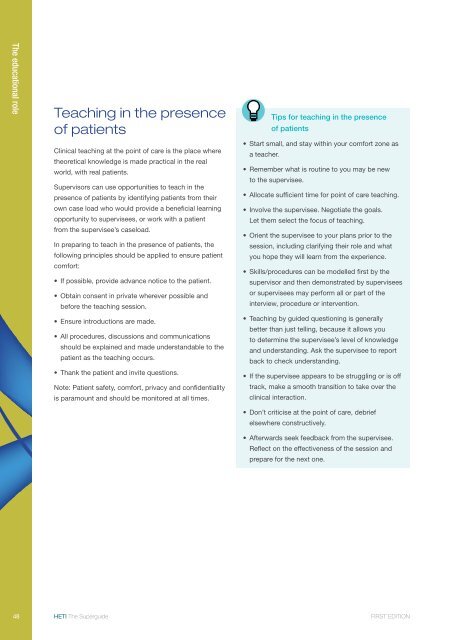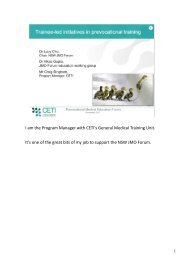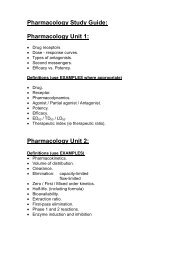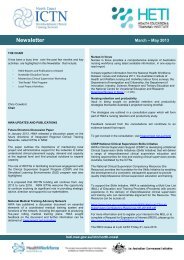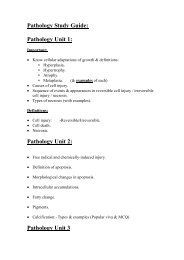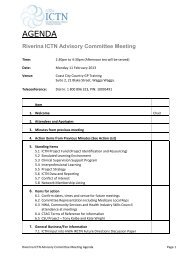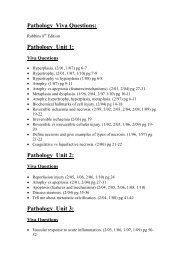Open - HETI - NSW Government
Open - HETI - NSW Government
Open - HETI - NSW Government
- No tags were found...
Create successful ePaper yourself
Turn your PDF publications into a flip-book with our unique Google optimized e-Paper software.
The educational roleTeaching in the presenceof patientsClinical teaching at the point of care is the place wheretheoretical knowledge is made practical in the realworld, with real patients.Supervisors can use opportunities to teach in thepresence of patients by identifying patients from theirown case load who would provide a beneficial learningopportunity to supervisees, or work with a patientfrom the supervisee’s caseload.In preparing to teach in the presence of patients, thefollowing principles should be applied to ensure patientcomfort:• If possible, provide advance notice to the patient.• Obtain consent in private wherever possible andbefore the teaching session.• Ensure introductions are made.• All procedures, discussions and communicationsshould be explained and made understandable to thepatient as the teaching occurs.• Thank the patient and invite questions.Note: Patient safety, comfort, privacy and confidentialityis paramount and should be monitored at all times.Tips for teaching in the presenceof patients• Start small, and stay within your comfort zone asa teacher.• Remember what is routine to you may be newto the supervisee.• Allocate sufficient time for point of care teaching.• Involve the supervisee. Negotiate the goals.Let them select the focus of teaching.• Orient the supervisee to your plans prior to thesession, including clarifying their role and whatyou hope they will learn from the experience.• Skills/procedures can be modelled first by thesupervisor and then demonstrated by superviseesor supervisees may perform all or part of theinterview, procedure or intervention.• Teaching by guided questioning is generallybetter than just telling, because it allows youto determine the supervisee’s level of knowledgeand understanding. Ask the supervisee to reportback to check understanding.• If the supervisee appears to be struggling or is offtrack, make a smooth transition to take over theclinical interaction.• Don’t criticise at the point of care, debriefelsewhere constructively.• Afterwards seek feedback from the supervisee.Reflect on the effectiveness of the session andprepare for the next one.48 <strong>HETI</strong> The Superguide FIRST EDITION


